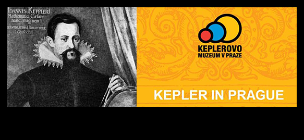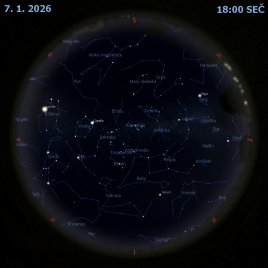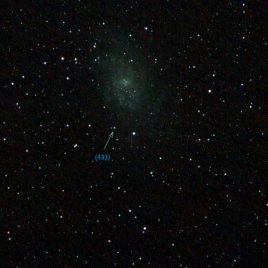Stephen Hawking živě na internetu

Britský vědec Stephen Hawking, který vloni oslavil pětašedesátiny, se proslavil především svými teoriemi a knižním bestsellerem Stručná historie času. K dosažení neuvěřitelných výsledků v astrofyzice a teoretické fyzice mu nezabránila ani jeho nemoc. Více se o něm dočtete v článku zde nebo na stránkách Wikipedie.
Americký úřad pro letectví a vesmír (NASA) oslavuje letos 50 let své existence a při této příležitosti připravil sérii přednášek. V pondělí 21. dubna od 21:00 bude na půdě George Washington University přednášet Stephen Hawking. Téma přednášky je: „Why we should go into space“ (Proč bychom se měli vydat do vesmíru).
Přednášku vysílají všechny tři kanály NASA TV v přímém přenosu a vy si ji můžete naladit na naších stránkách na adrese: www.astro.cz/nasatv/.
Zdroj: NASA






